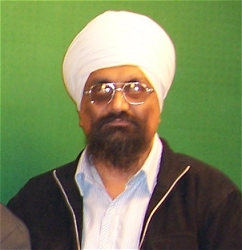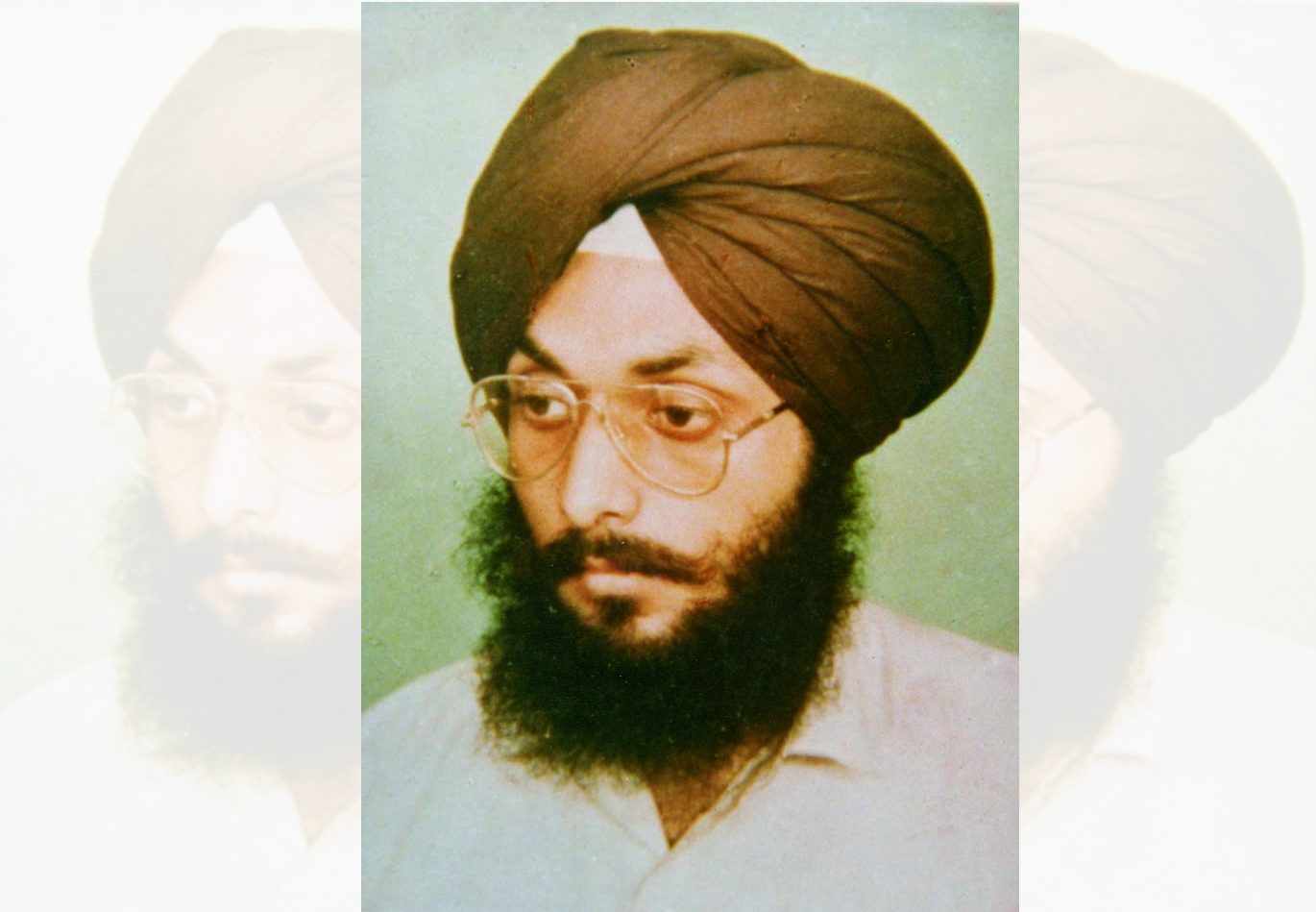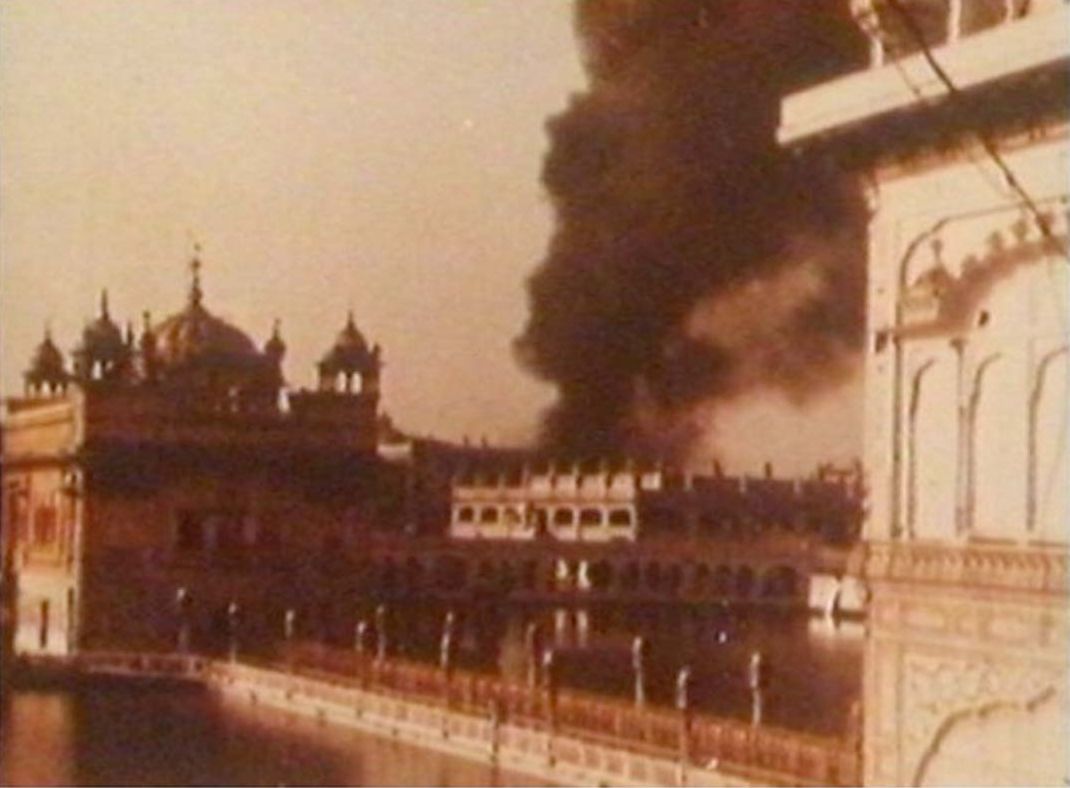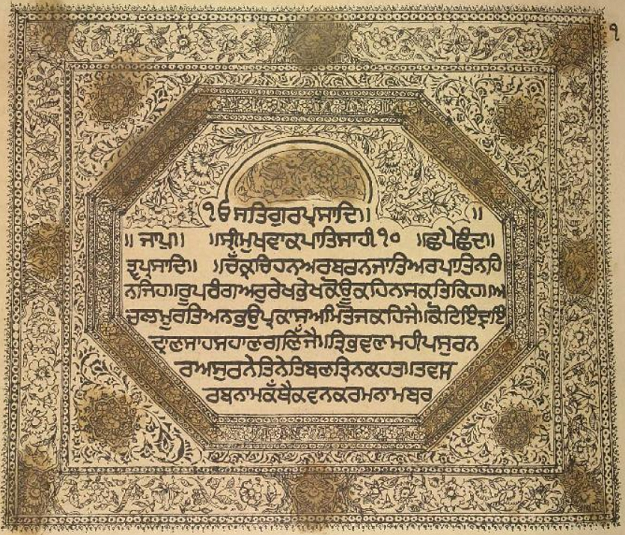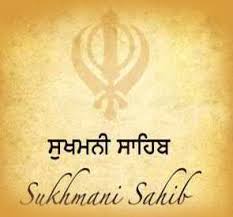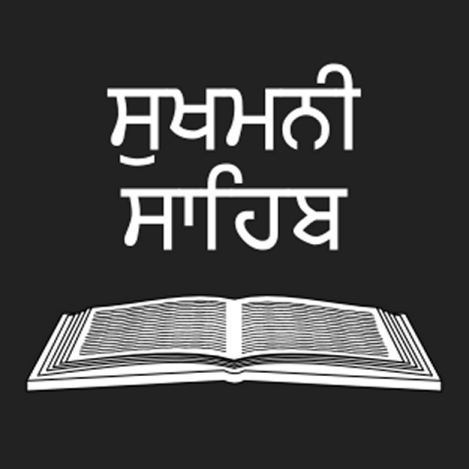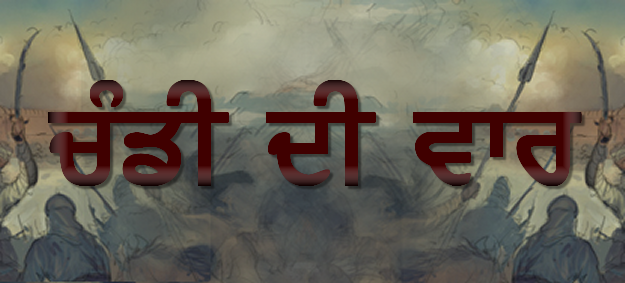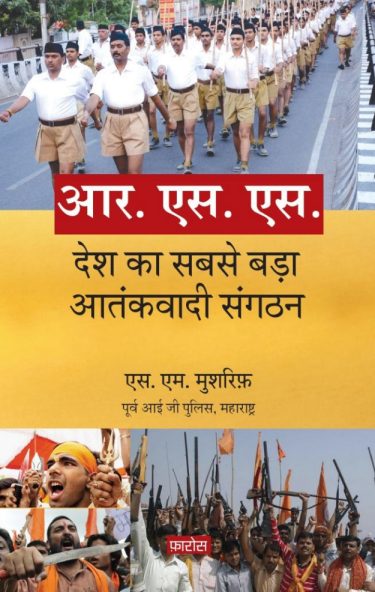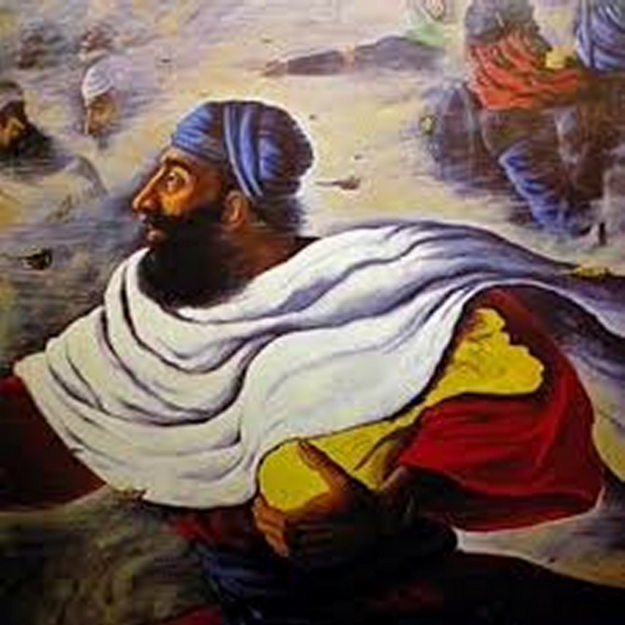
Method of Adopting a Gurmatta
Article XXVI
a. The Gurmatta (Holy Resolution) can only be concerning a subject that affects the fundamental principles of the Sikh religion and for their upholding, such as the questions affecting the maintenance of the status of the Gurus or Guru Granth Sahib or the inviolability of Guru Granth Sahib, ambrosial baptism, Sikh discipline and way of life, the identity and structural framework of the Panth. Ordinary issues of religious, educational, social or political nature can be dealt with only in a Matta. (Resolution)
b. A Gurmatta can be adopted only by a select primary Panthic group or a representative gathering of the Panth.
During the time of the Guru Sahibs, the community was led and guided by the Guru’s themselves. In 1699 Guru Gobind Singh jee manifested the Sikh concept of Khalsa into a physical reality. The Sikh nation became a reality. Guru Sahib initiated the Panj Peearey (Five Beloved Ones) and then received initiation from the Panj Peearey in creating the Khalsa Panth. Since 1699 the Sikh Panth or Community was led by Guru Granth (the non-changing eternal Word of the Divine revealed through the Gurus) & Guru Panth (the living representation of the Guru who guides the community through interpreting the Shabad Guru).
After 1708, the Guru Panth, which was vested with authority by Guru Gobind Singh jee, created the institution of ‘Sarbat Khalsa’ to make ‘Gurmatta’ (the Sikh form of consensus), at Sri Akal Takhat Sahib, with sanction from Guru Granth Sahib. The Gurmatta of the Sarbat Khalsa, when released to the Sikh nation from Sri Akal Takhat Sahib, becomes a Hukamnama (Edict). Historically, the Sarbat Khalsa would meet on the days of Diwali and Jor Mela of Fatehgarh Sahib to discuss matters affecting the Panth then come up with suitable resolutions.
The Hukamnama of Sri Akal Takhat Sahib is final and binding for each and every Sikh. None dare defy it. One who shows his or her back to Sri Akal Takhat Sahib, is excommunicated from the Sikh Panth (nation). The ‘minimal’ requirement to be part of the ‘Panth’ is that one should be initiated through the Amrit Sanchar ceremony. Receiving Amrit, declaring sole allegiance to Guru Granth & Guru Panth, and all edicts and decisions from Sri Akal Takhat Sahib qualifies one to be called ‘Panthic’.
The Sikh nation has always rallied around Sri Akal Takhat Sahib to address with resolve national and temporal issues. All the decisions of the Sikh nation have always been taken at Sri Akal Takhat Sahib. In the eighteenth century, when different Missals (confederations) of the Sikh Commonwealth were operating in different zones of the Sikh Homeland, the files of the territories freed in different Missal sections were kept at Sri Akal Takhat Sahib. Since then, all the expeditions, agitations and national programmes have been and still are launched with the blessing of Sri Akal Takhat Sahib. The caretaker of Sri Akal Takhat Sahib is the coordinator of the activities of the Sikh nation.
In order to make his own progeny successors to the throne of Khalsa Raj, Maharaja Ranjeet Singh stopped the practice of summoning a Sarbat Khalsa. With this started the decline of Sikhism. The tradition of Sarbat Khalsa was revived in modern history in 1986 when Baba Takhur Singh jee from Damdami Taksal attended the first Sarbat Khalsa since then in which the Gurmatta was passed declaring the sovereign Sikh state of Khalistan. No Sarbat Khalsa has been called since 1986.
The Gurmatta or Guru Sahib’s decision, is a special resolution passed by the corporate personality of the Sikh community. Its features are as follows:
(i) A Gurmatta may be taken only by one of the five Takhats in the presence of the Guru Granth Sahib.
(ii) Panj Peeyarey (Five ‘tyaar-bar-tyaar’ Amritdharis) including the Head (Jathedar) are selected by the participants on the basis of merit and Gursikhi jeevan (religious living).
(iii) The persons present must have no enmity against one another, and must declare their impartiality. Personal differences cannot be expressed here.
(iv) The issue must be of concern to the entire Sikh Community and must not pertain to the interests of a group or party of Sikhs.
(v) The Gurmatta has to be unanimous. There is no question of majority view.
(vi) The Gurmatta is binding for all Sikhs. They must respect and implement it though they may not be personally in favour of it.
So, in essence, a Gurmatta is a "decision of the collective will of the Sikh community". It is a symbol and form of the supreme authority of the Panth. It has the sanction of the Guru Granth Sahib and the entire Sikh Community. The solution of new problems facing the community can be sought through the institution of Gurmatta.
Some more examples of important Gurmattas passed:
In 1747 was the nomination of Sardar Jassa Singh Ahluwalia as the Commander of the Dal Khalsa (united Khalsa forces) against the forces of Ahmed Shah Abdali. Also in December 1920, Gurmatta was passed for liberating Sikh Gurdwaras from proprietary control and bringing them under popular administration.
Gurmattas are taken in cases of an emergency or when a crisis faces the Sikh community as a whole.
Appeals against Local Decisions
Article XXVII
An appeal can be made to the Akal Takhat against a local congregation's decision.
The above text is edited and taken from the Book Sikh Rehet Maryada published by Dharam Parchar Committee (Shiromani Gurdwara Parbhandak Committee, Amritsar) in July, 1997.
Views and opinion expressed in guest editorials/columns are of the author and do not necessarily reflect the view or opinion of Panthic.org or Khalsa Press.


